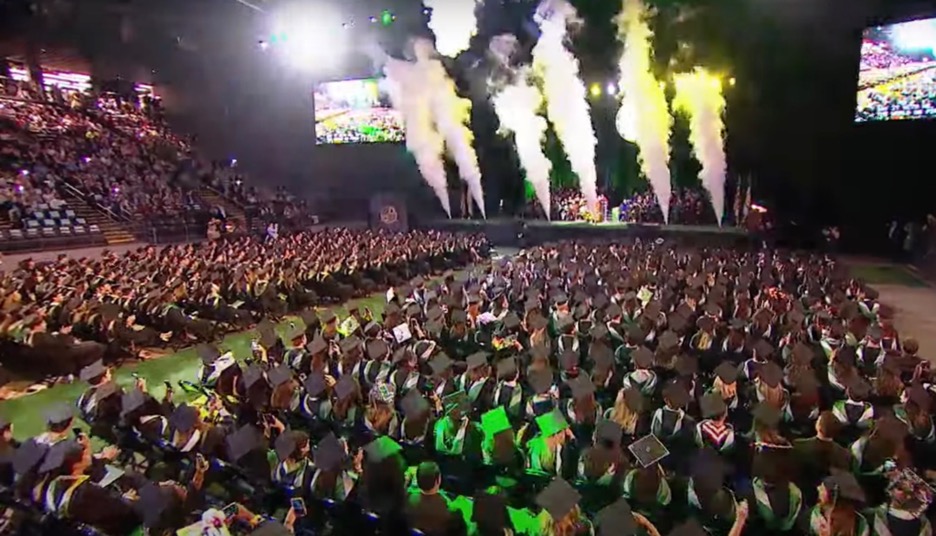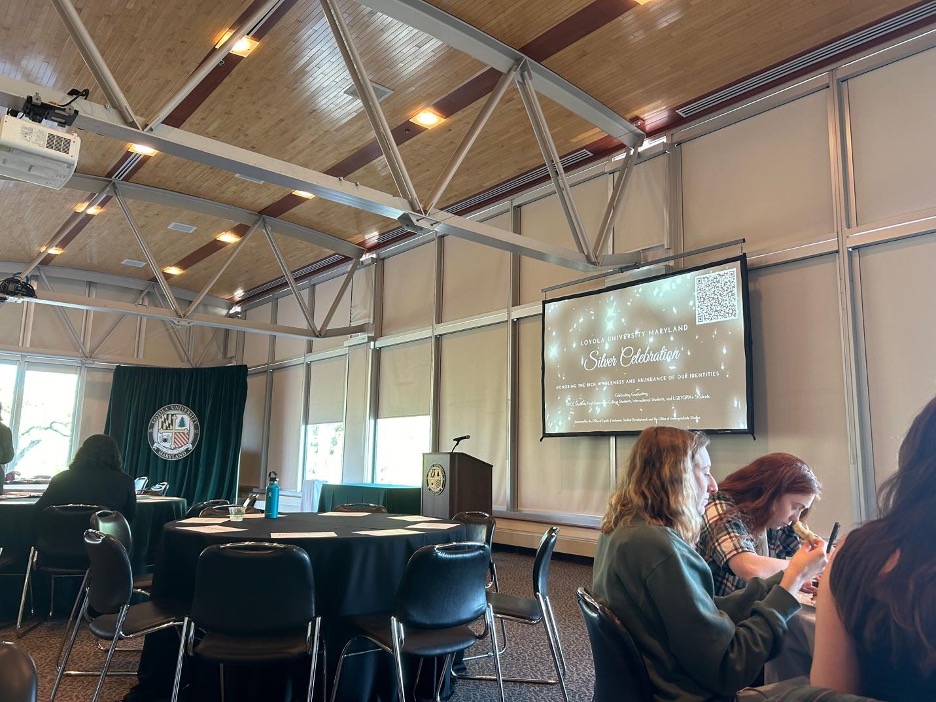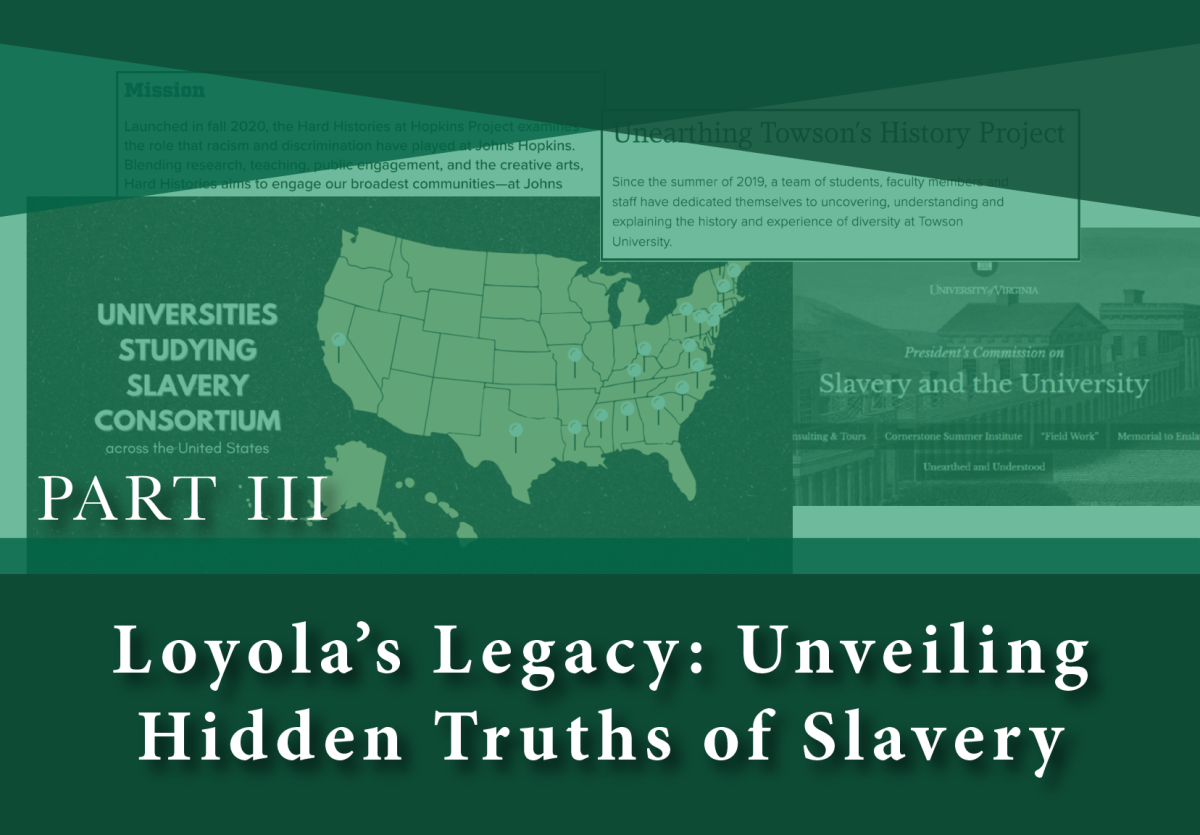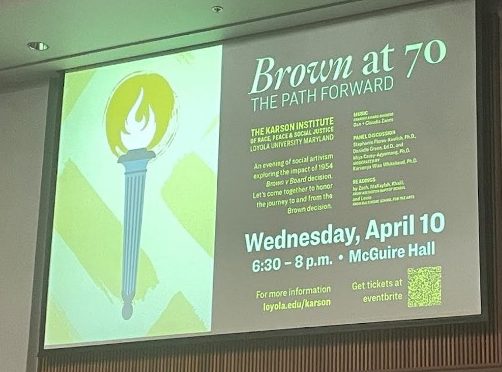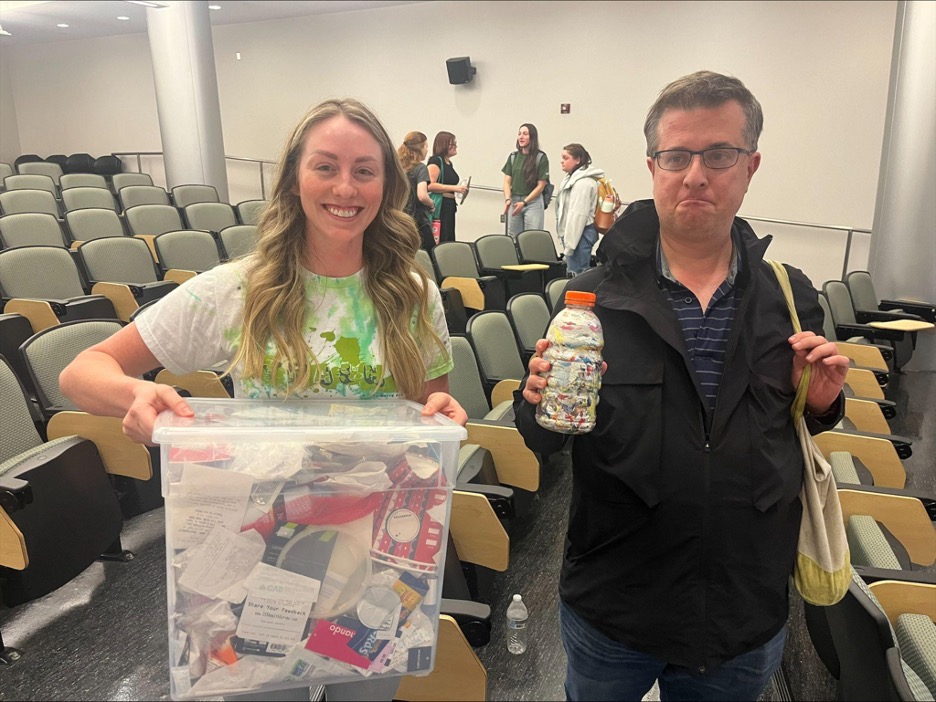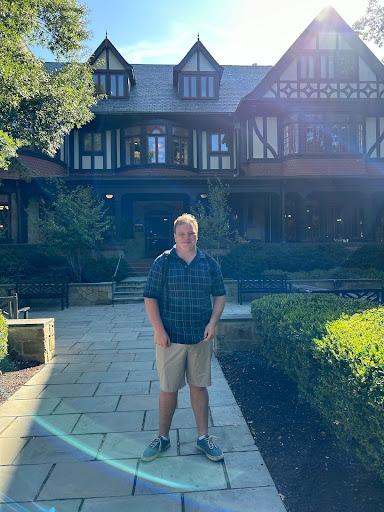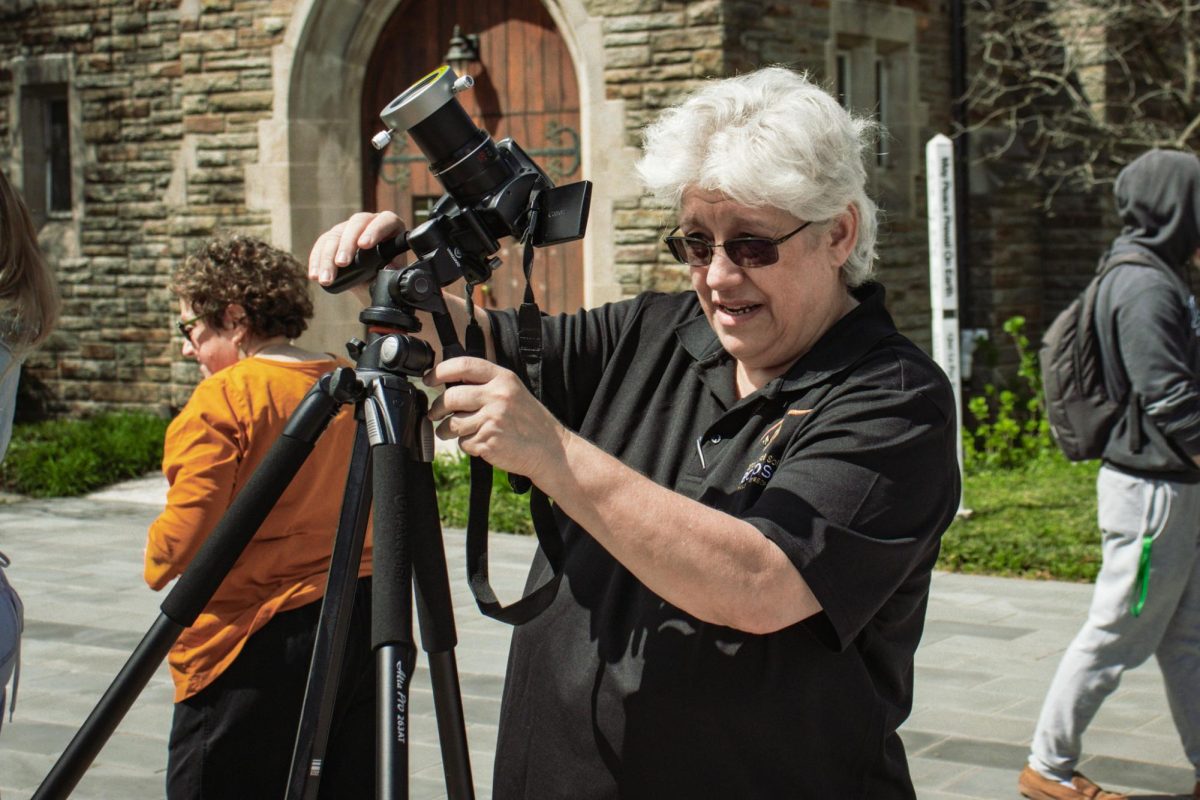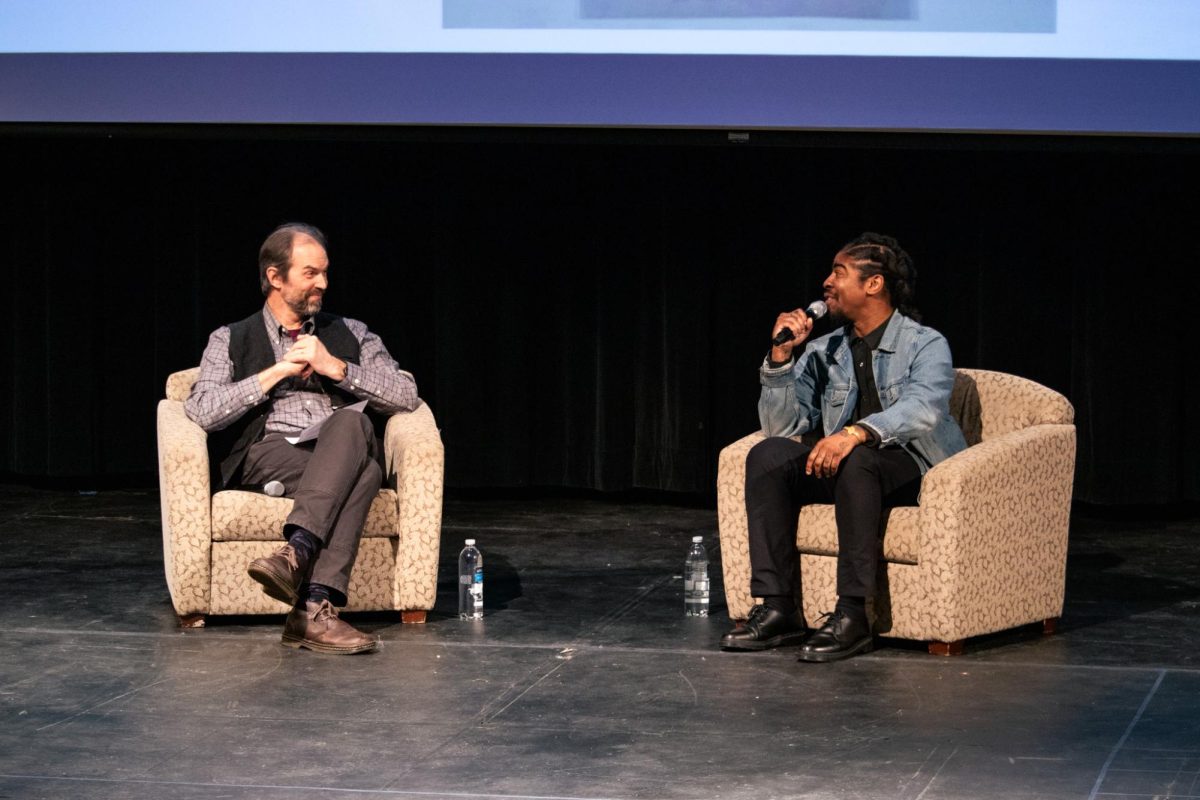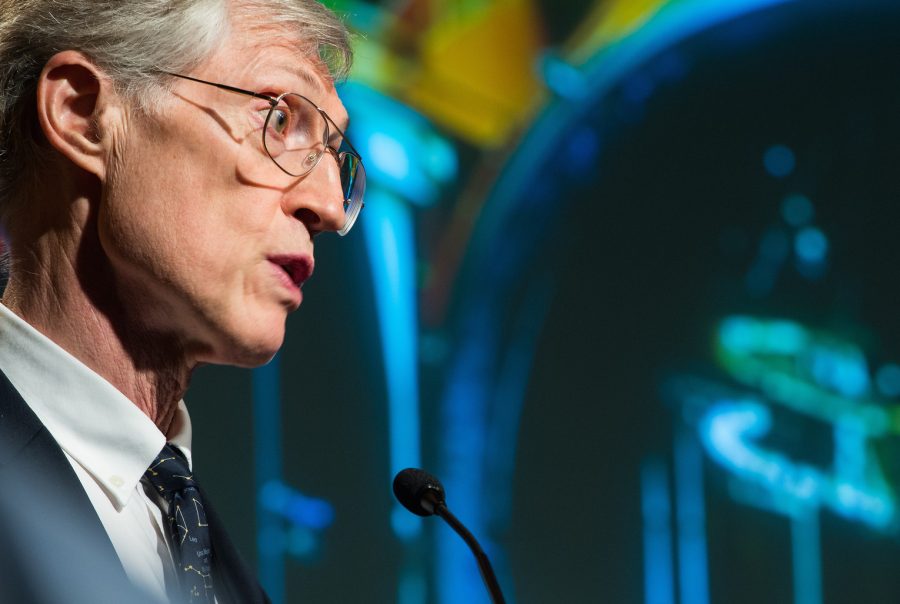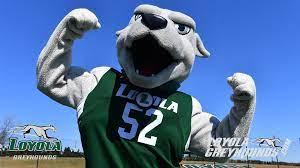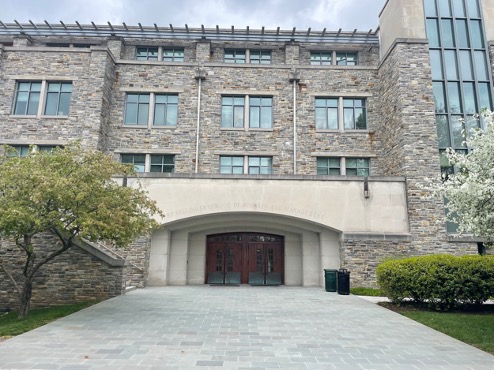On the evening of Feb. 27, Loyola held its annual Grand Seminar. This year’s Grand Seminar, titled “The History of the Universe from Beginning to the End: Where Did We Come From, Where Can We Go?,” focused on the natural and applied sciences.
The Seminar welcomed guest speaker Dr. John C. Mather, the winner of the 2006 Nobel Prize in Physics. Dr. Mather is currently a senior astrophysicist at NASA Goddard Space Flight Center in Greenbelt, Maryland. Mather’s presentation detailed the foundation of human knowledge concerning the greater universe and highlighted his own achievements.
He began by accrediting Galileo Galilei for his astronomical contributions and thanking him for his role in the scientific revolution. Galileo stood firm in his belief that the universe is “heliocentric,” meaning that the sun is the center of the solar system. In spite of being heavily investigated by Pope Urban VIII and subsequently being banished from society and being placed permanently under house arrest, Galileo refused to accept the commonly held belief at the time that the universe was “geocentric,” meaning that Earth is the center of our solar system.
While Galileo was considered absurd during his time, his persistence opened the gates for observational astronomy. Mather noted that prior to Galileo, George Ellery Hale had a similar breakthrough. He invented the spectroheliograph, an astronomical tool that can capture a photographic image of the sun at a single wavelength of light, allowing scientists to view a chemical element emitted by the sun. Hale discovered the presence of magnetic fields in sunspots using the spectroheliography in 1908.
His later work demonstrated that these magnetic polarities possess an east-west alignment. Thus, the polarity in each hemisphere switches orientation from one sunspot cycle to the next, a property commonly known as Hale’s Law. In addition to this discovery, Hale had a key role in the construction of four of the world’s leading telescopes: the 40-inch refracting telescope, the 60-inch reflecting telescope, the 100-inch reflecting telescope, and the 200-inch reflecting telescope.
After identifying Galileo and Hale as the source of our empirical knowledge in the realm of observational astronomy, Mather turned to himself and spoke on his own research challenging the modern status-quo of astrophysics.
In 1974, Mather joined NASA to head the Cosmic Background Explore (COBE) mission as a project scientist. COBE was an investigation of the cosmic microwave background radiation of the universe. It hoped to produce measurements that would help shape our understanding of the cosmos.
On Nov. 18, 1989, after overcoming a swarm of obstacles, COBE was placed in a sun-synchronous orbit aboard a Delta rocket. Among the features of COBE, Mather was placed in charge of the spacecraft’s “FIRAS,” an infrared spectrophotometer used to measure the spectrum of the cosmic microwave background radiation.
In 1992, it was reported that primordial “seeds” had been detected from data by COBE. It is from this data that Mather and his colleagues were able to infer that the Big Bang Theory lacks a concrete beginning and end. These establishments awarded Mather, as well as his fellow COBE engineer George F. Smoot, the Nobel Prize for their exact measurements of cosmic microwave background radiation.
In concluding his presentation, Mather spoke excitedly on his current work as leader of the science team for the James Webb Space Telescope, which is scheduled to launch in 2018. The James Webb Space Telescope, informally referred to as “Webb,” is an infrared telescope with a 6.5-meter primary mirror.
Webb will be launched on an Ariane 5 rocket from French Guiana next October. It will act as the primary observatory for the next decade and will study every phase in the history of our universe, ranging from the first detected luminous glows following the Big Bang, to the creation of solar systems able to host life-sustaining planets.
Mather’s final sentiment centered on his hopes for the future of astronomy. After fielding questions from Loyola’s students and faculty, he ended his presentation by speaking about his initial fascination with the universe. Mather grew up on a farm where as a child, he spent his nights lying on the grass of his family’s land and gazing up into an enormous, awe-inspiring, star-peppered sky. His hopes for the future of observational astronomy in the United States are rooted in a simple fact: it is the job of scientists to preserve integrity.
Photo courtesy of NASA’s James Webb Space Telescope via Flickr Creative Commons


